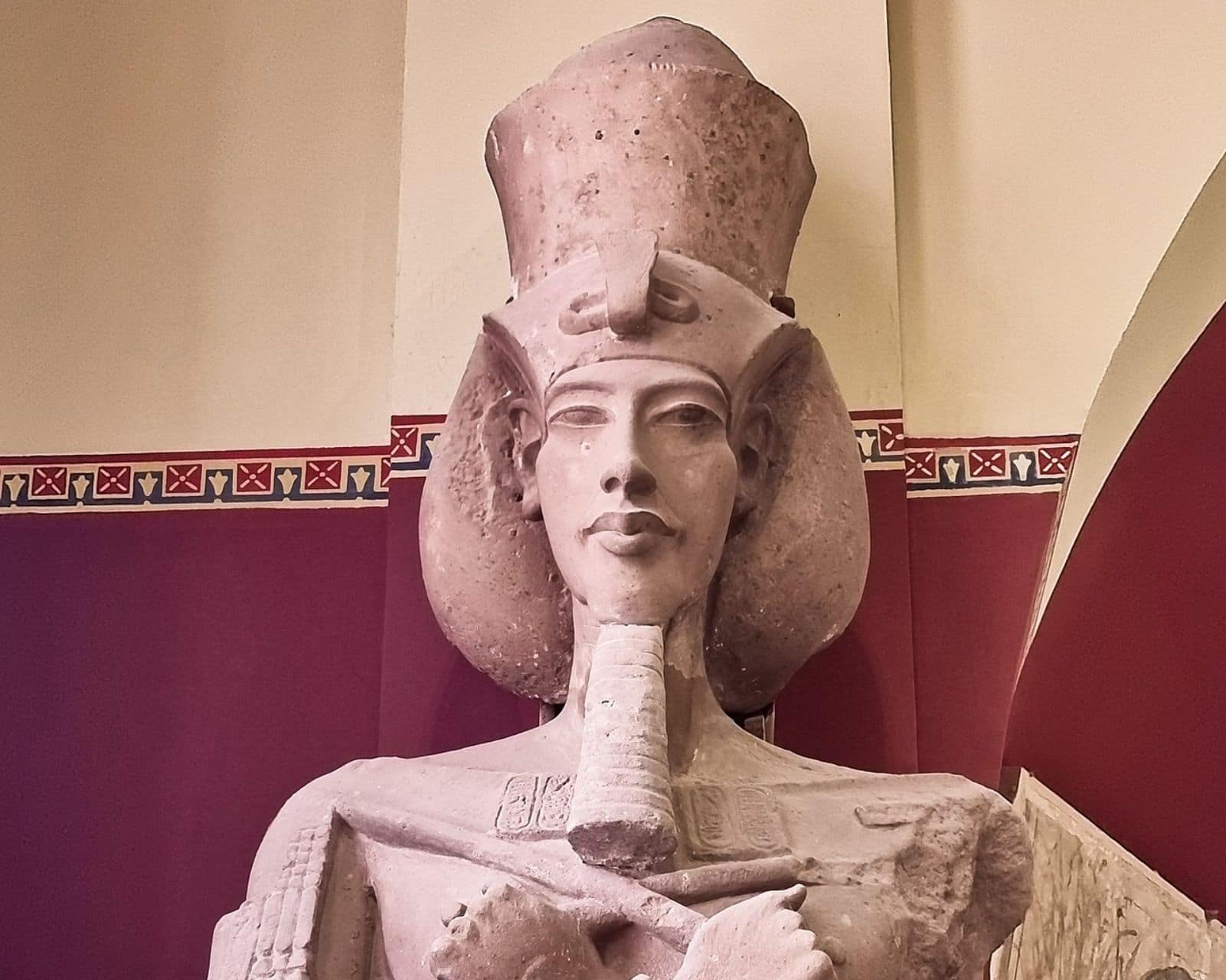

Recent archaeological discoveries in Egypt are revealing new details about life under Pharaoh Akhenaten, offering a rare glimpse into a city frozen in time.
More than 3,000 years ago, Pharaoh Akhenaten made a decision that uprooted an entire population. The ruler of ancient Egypt ordered citizens of So’oud Aten to seal their homes and move, leaving their belongings and everyday lives behind. The move was part of his effort to replace Egypt’s long-standing polytheism (worship of many gods) with monotheism, the worship of a single deity—Aten, the sun god.
“This is the pharaoh,” Egyptologist Zahi Hawass said in an interview with NBC News, “When the king makes a decision, everyone has to obey the decision.”
Archaeologists recently unearthed So’oud Aten near Luxor, close to monuments like the Colossi of Memnon and the Ramesseum. The city, buried for millennia, has quickly become one of the most significant archaeological finds in recent history. Experts say it thrived during Egypt’s golden age.
Excavations reveal a city frozen in time. Workers appear to have dropped tools mid-task. Pottery, jewelry, sandals, children’s toys—even baking tools resembling modern-day pizza peels—were found scattered across homes and workshops.
“It’s a snapshot in time,” said Salima Ikram, professor of Egyptology at the American University in Cairo. “Their stuff is lying around. They’re in the middle of making, you know, pegging out a cowhide. They’re cutting out sandals, and suddenly, all of this.”
The city’s layout indicates a well-organized community. Recent excavations have uncovered buildings that may have served administrative functions, including structures resembling an early town hall or police station. Hawass noted that the city offers rare insight into daily life and suggested that its artisans and workers lived comfortably. He said, “We found many showers inside the houses.”
One unusual discovery—a fish covered in gold—remains unexplained. “Nobody really can explain it,” Hawass said, adding that archaeologists have also recovered about 500 statues of Sekhmet, a goddess associated with healing.
The site’s religious significance continues to stir debate. A sun symbol found on a workshop wall suggests a turning point in belief. Akhenaten’s push to focus on Aten marked a break from the past.
Yasmin El Shazly, deputy director of the American Research Center in Egypt, said “We know that during the reign of Amenhotep lll (Akhenaten’s father), the religion became increasingly solar. There is evidence of the Aten, but there are other deities as well. So we know that it was not monotheistic at the time.” she said.
Akhenaten eventually built a new city, now known as Tell el-Amarna, 200 miles south of Cairo. He called it “Rise of Aten.” Experts believe Queen Nefertiti joined him in this religious shift, walking the new capital’s streets at his side.
Even after his death, the city continued to be used by rulers like Tutankhamun, whose tomb was famously discovered in 1922. However, the feelings of those forced to leave So’oud Aten remain unknown.
They sealed their homes, said Hawass. Maybe they thought they would return. “No one can talk to the king,” he said.
After Tutankhamun’s death, his successors abandoned the reforms initiated by Akhenaten. The capital was moved back to its former location, Thebes (known today as Luxor), and the traditional religious practices were restored. The city built by Akhenaten fell into disrepair and was eventually abandoned. Efforts were made to erase the memory of Akhenaten’s reign, with monuments and temples dedicated to the Aten being destroyed.
